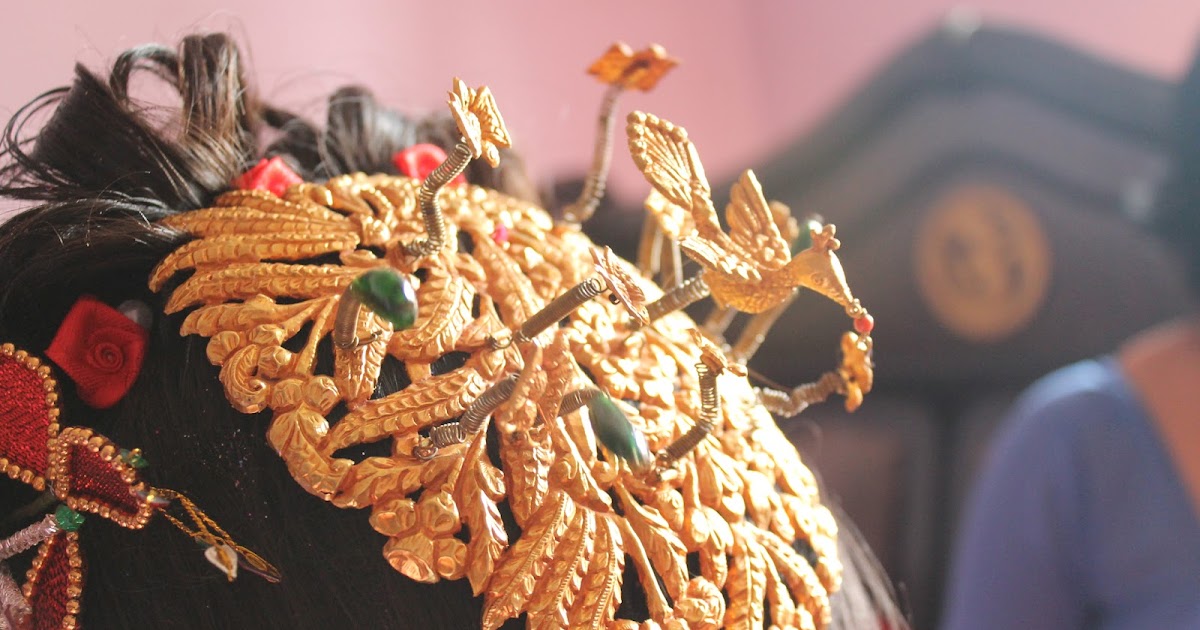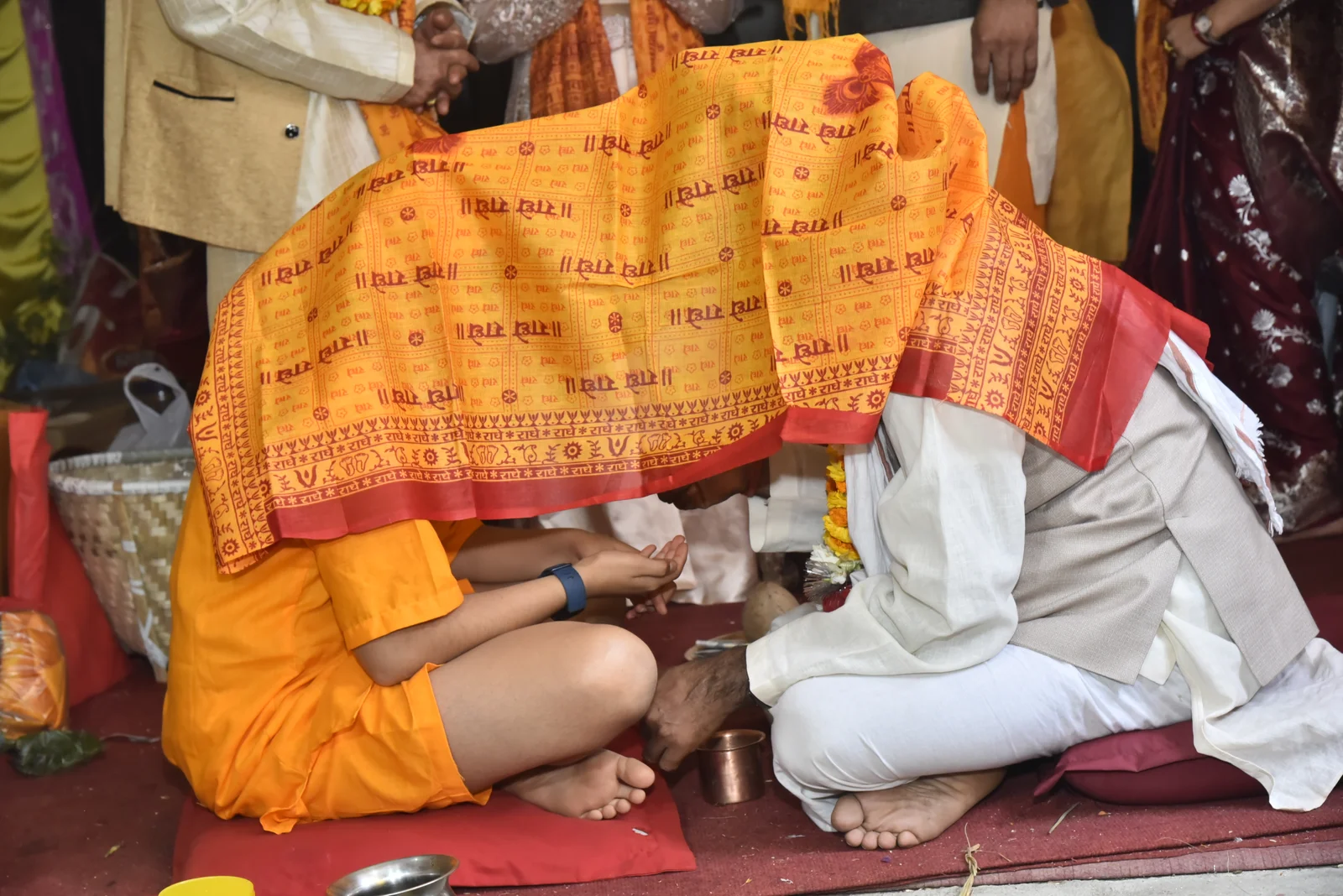Share this Article

Introduction
At the heart of Nepal's Kathmandu Valley, the Newar people have kept a rich heritage of cultural practices intact, one of which is their ornate jewelry. The Lunswan, an ancient gold necklace, is not just something that one would wear—it is an emblem of identity, skill, and faith. Newar women adorn it on special occasions such as festivals, weddings, and rituals. The Lunswan is three centuries of practice and cultural consciousness encapsulated into a piece of jewelry. This piece of jewelry explores the history, design, significance, and modern-day experience of this iconic item of jewelry.
Historical Roots and Origins
The Newars, who are the original residents of the Kathmandu Valley, have a rich tradition of art and culture that has been in existence for over 2,000 years. Their jewelry-making art was at its peak during the Malla dynasty (12th–18th century), a period when monarchs and prosperous families ordered craftsmen to make exquisite pieces for religious as well as ceremonial uses. The Lunswan, with its intricate pattern, likely emerged during this period as an emblem of social status and cultural identity.
Lunswan is named after the Newari language, and it signifies "ornament for the neck" with Lun meaning "neck" and Swan meaning "ornament." It was originally used by married women in affluent families to signify marital bliss and prosperity. The neck ornament also gained religious significance because gold was sacred among Hindu and Buddhist communities. Offerings made in gold jewelry to temples and deities were widespread, which associated Lunswan with religious ritual practices (Shrestha, 2016).
Design and Craftsmanship
The Lunswan is a work of art in Newar metalwork, demonstrating the craftsmanship of goldsmiths called Sunakar. Its construction features various elements, each of which is meticulously made:
Materials:
Gold pure is the main material, selected for its strength and revered status. Some pieces involve the use of gemstones such as turquoise or coral, although traditional Lunswans rely on gold's natural sheen.
Structure:
The necklaces consist of a few chains tied into a close, tiered collar. Pendants at the middle are usually symbolized with motifs such as the kalash (holy vase), lotus flowers, or deities. Lesser ornaments like leaves and geometrics are engraved or embossed into the metal.
Artisans use old methods like repoussé (punching metal from the reverse side to create patterns) and filigree (winding thin gold wires into delicate patterns). These are years in the making, with the art passed down from generation to generation.
Weeks or months of labor are required to create one Lunswan, depending on its complexity. Individuals commission custom pieces to symbolize their origins or religions.
Cultural and Symbolic Meaning
The Lunswan is intricately linked with Newar life, serving both aesthetic and symbolic purposes:
Rituals and Ceremonies:
Weddings: A bride decorates the Lunswan as one of her solah singaar (16 ornaments), marking her transition into marriage. It is often a family heirloom, gifted by the bride's parents.
Festivals: Women decorate the Lunswan during festivals like Dashain and Tihar to worship gods and show cultural pride.
Religious Sacrifices: In some ceremonies, the necklace is offered to temples as an act of worship.
Social Identification:
The Lunswan is used to determine the marital status and family ranking of a woman. More sophisticated, heavier styles were worn by women of the higher castes or wealthier families.
Spiritual Safety
Gold is purported to have cleansing abilities in Newar culture. The Lunswan is purported to ward off evil energies and bestow blessings of deities like Laxmi (goddess of prosperity) and Taleju (a benevolent deity).
The Artisans Behind the Art
Sunakar, among the Newar groups, has maintained jewelry production for generations. The craftsmen work in small workshops in Kathmandu, Bhaktapur, and Patan, often working with equipment as old as several generations. In an interview, a goldsmith master remarks, "Every Lunswan is a story. We don't just make accessories—we maintain the heritage of our forebears" (The Kathmandu Post, 2021).
But the art is threatened. New-age professions draw in younger generations, and thus skilled craftsmen fall off. Rising gold prices and machine jewelry also threaten the tradition.
Lunswan in the Modern Era
Today, the Lunswan balances tradition and modernity:
Cultural Revival:
Organizations like the Nepal Newa Guthi conduct workshops to teach jewelry-making techniques. Museums and cultural events exhibit antique Lunswans, and people learn about their heritage.
Modern Adaptations:
Designers are also creating easier, lighter versions to wear on an everyday basis. Fusion jewelry adapts Lunswan designs in silver or in beads, something that appeals to young consumers.
International Recognition:
Global fashion has recognized Lunswan. Nepali models and celebrities adorn it on international runways, while foreign travelers purchase miniatures as souvenirs.
Conservation Efforts and Challenges
A precious item of cultural heritage, the Lunswan lives in doubt over its future. Measures to stem this include:
Government Support: The Nepalese Department of Archaeology has recognized traditional jewelry-making as an intangible heritage.
Fair Trade Practices: Cooperatives ensure artisans receive fair wages, and youth are encouraged to learn the craft.
Documentation: Scholars record oral traditions and processes to prevent loss of knowledge (UNESCO, 2020).
Conclusion
The Lunswan is more than a necklace—it is a golden strand that binds Nepal's past and present together. To Newar women, it symbolizes beauty, religion, and identity. As the communities and artisans strive to preserve this tradition, the Lunswan is a testament to the enduring glory of Newar culture.
Categories:
Culture & Traditions
Tags:
Lunswan
,
Neck Ornament







